In 1849, a gruesome crime in London captured the public’s attention and left a lasting mark on history. Marie Manning, née de Roux, was born in Switzerland in 1821 and later emigrated to Great Britain. There she worked as a maid for the wealthy Lady Blantyre at Stafford House in London. The luxurious life she led in her employer’s home reinforced her desire to never have to live in poverty. Her life took a dramatic turn when she had to choose between two men. On the one hand, there was the much older Irishman Patrick O’Connor, a wealthy but heavy-drinking customs officer at the London docks, and Frederick George Manning, a simple clerk at the Great Western Railway Company. Marie finally married the younger Frederick on May 27, 1847, at St. James’s Church in Piccadilly. But over time, she realized that Frederick did not bring the promised wealth, losing his job with the railroad due to suspicions of robbery. In connection with Patrick O’Connor, who seemed far superior to her financially, a deep inner conflict revealed itself. Marie decided to get her hands on Patrick O’Connor’s fortune at any cost. Her thoughts about financial security eventually led to a diabolical plan to kill Patrick. On August 8, 1849, Marie invited Patrick to dinner at her house at 3 Miniver Place in the Bermondsey district of London, but her plan failed because he arrived accompanied by a friend. Overnight, she devised a new plan and invited him again for the following evening, and this time he came alone. When Patrick arrived, she suggested that he wash his hands before dinner, as he had been smoking. When Patrick went to the basement to wash his hands, Marie seized the opportunity and shot him in the head. However, the shot was not fatal. Frederick, who had known about Marie’s desperate plan and acted out of jealousy and fear for his own well-being, finally completed the crime by killing Patrick O’Connor with a chisel. The two buried the body in a previously dug grave under the kitchen tiles, camouflaged by the use of lime, which was responsible for decomposing the body. Afterwards, they ate their dinner in the kitchen. The next day, Patrick O’Connor’s colleagues entered the Mannings’ house in search of him. Marie was able to convince them that she had not seen Patrick O’Connor after dinner. Marie then visited Patrick’s lodgings on Greenwood Street and Mile End Road, where she stole his money and stock certificates. A few days later, on August 13, 1849, the couple fled London. Marie traveled to Edinburgh, where she attempted to cash in the stocks at a brokerage firm, while Frederick fled abroad. Meanwhile, the police became aware of Patrick O’Connor’s disappearance. Based on the statement of the landlord, who had notified the police after the Mannings’ sudden escape, suspicion fell on them. On August 17, 1849, a week after Patrick O’Connor’s disappearance, investigators finally found Patrick O’Connor’s body under the tiles of the kitchen floor. The Mannings were quickly apprehended, Marie in Edinburgh and Frederick in Jersey. The motives behind the crime were quickly revealed: greed and a desperate desire to escape poverty. Marie’s dominance over Frederick, coupled with her indifference to the moral consequences of her actions, made this crime particularly shocking, earning it the name “The Bermondsey Horror” from the media. During the trial at the Old Bailey on October 25, 1849, both defendants attempted to shift the blame onto the other, sensing that their future hung in the balance. After two days, the jury found the couple guilty of the treacherous murder of Patrick O’Connor. After the trial, they spent just over two weeks on death row at Horsemonger Lane Gaol, where Marie desperately tried to take her own life. The dramatic backdrop of the executioner, William Calcraft, and the public interest surrounding the Mannings’ execution created a grotesque atmosphere. On the morning of November 13, 1849, the couple were to be executed in front of more than ten thousand spectators. It was a spectacle that attracted both the poor and the rich alike. It was the first time since 1700 that a husband and wife had been executed together, and it was witnessed by 30,000 to 50,000 people, the largest crowd ever to attend a public execution in Great Britain. The execution itself was described with a certain ease that was both frightening and fascinating. Marie, dressed in an elegant black gown, and Frederick, whose grief and weakness were evident, walked to the place of execution. The crowd eagerly awaited the moment, and when the trapdoor opened, the two died in different ways—Frederick almost without a struggle and Marie fighting to the end. Charles Dickens, the famous writer, watched the execution and expressed his disgust at the cruel sensationalism of the crowd in The Times. He denounced the enthusiasm and indifference of the spectators and condemned public executions, which were not abolished until 1868. The tragic story of Marie and Frederick Manning not only shows the dark side of human nature, but also reflects the moral ambivalence and voyeuristic sensibility of Victorian England. In the end, the question remains as to how society deals with guilt and punishment and what role greed and seduction can play in human life. The Mannings are not just a footnote in history, but also a reflection of the inner conflicts that can lead to deadly decisions.
Marie and Frederick Manning: The Horror of Bermondsey
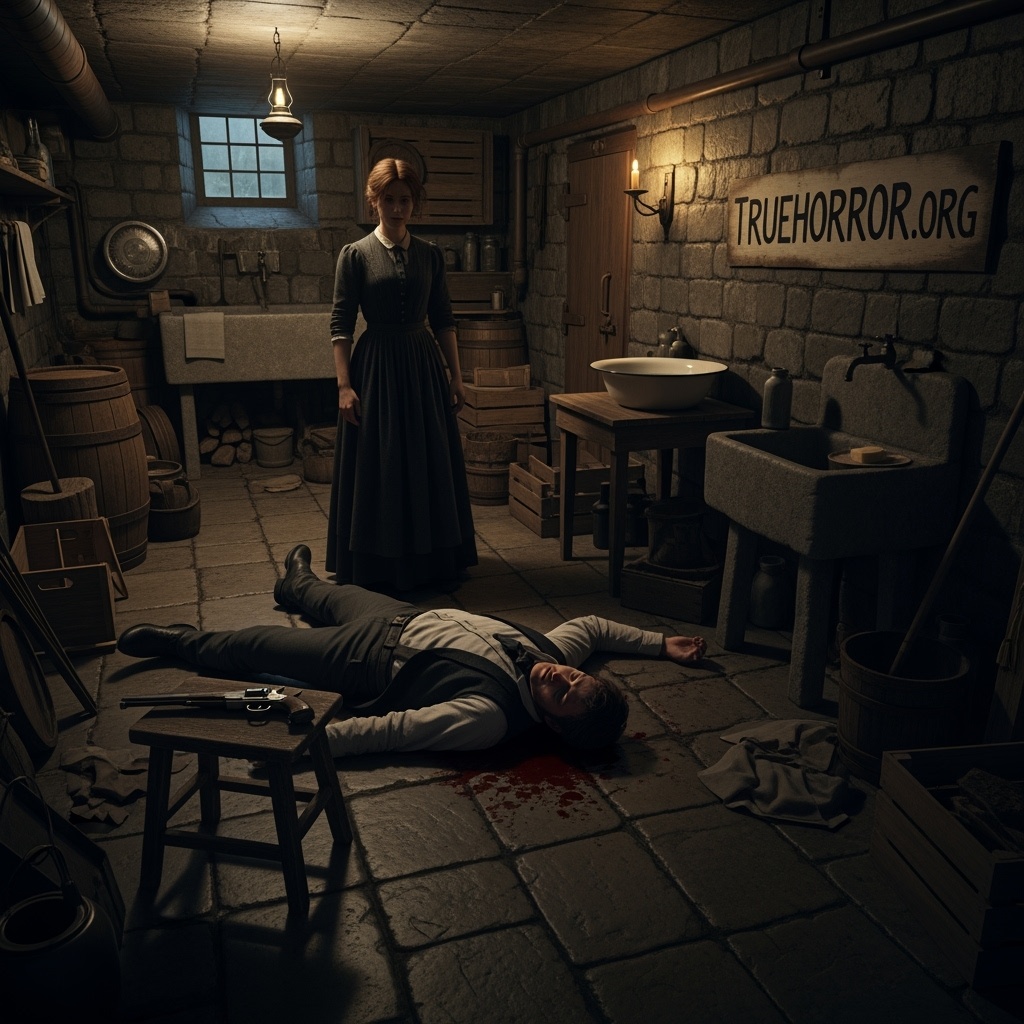


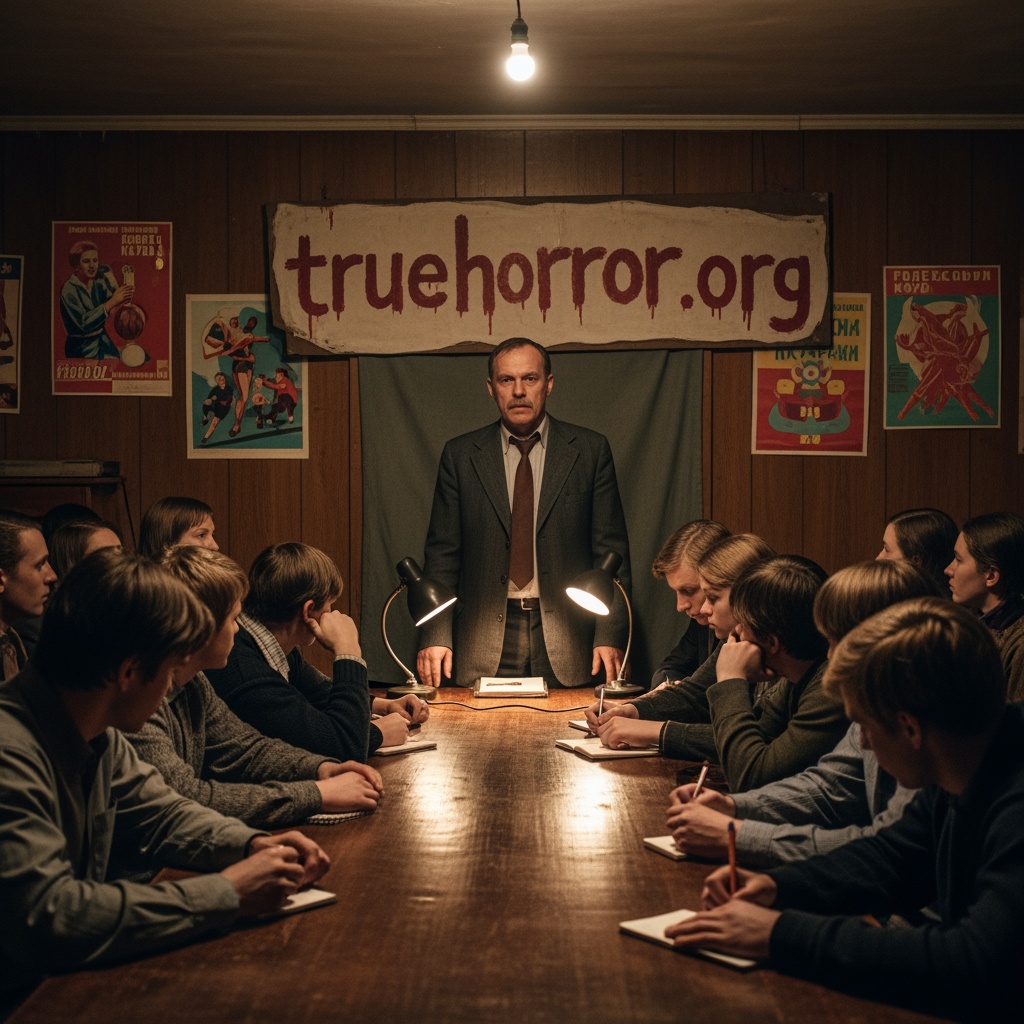
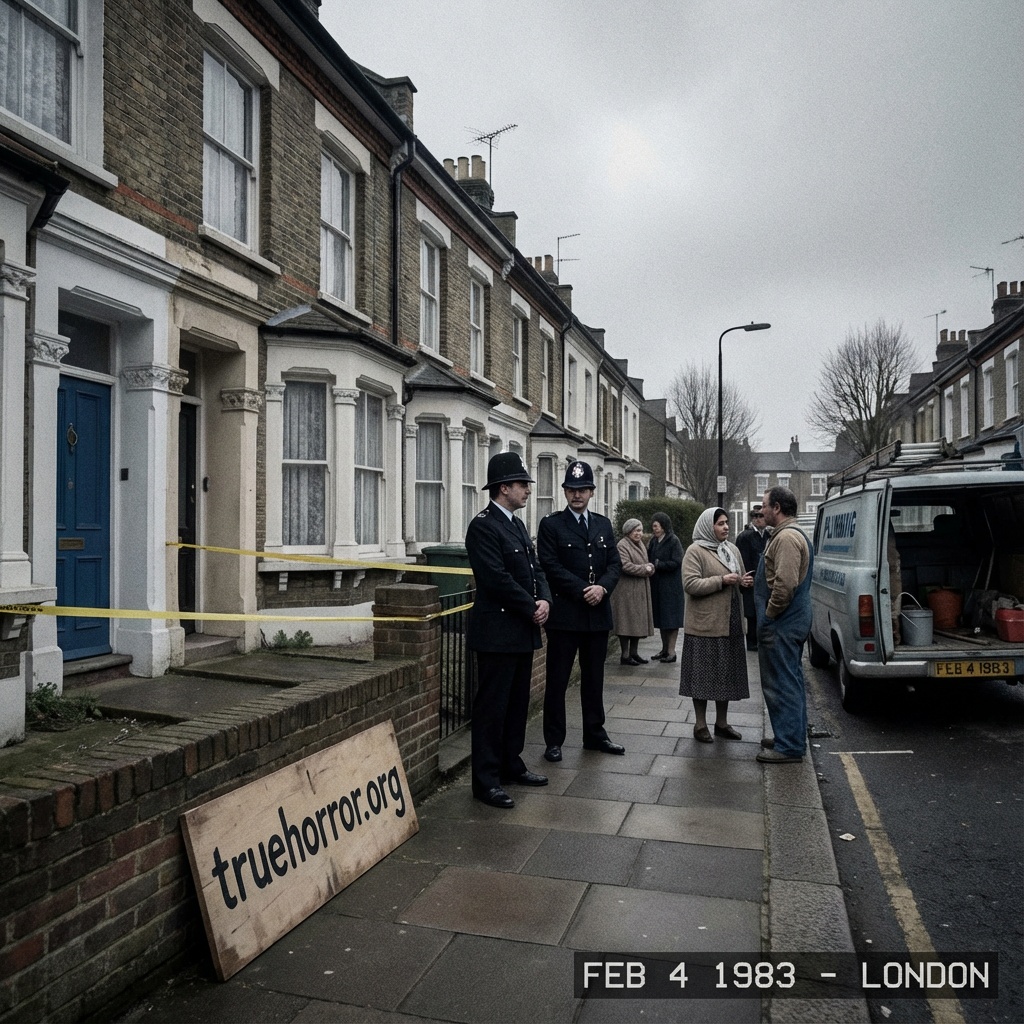
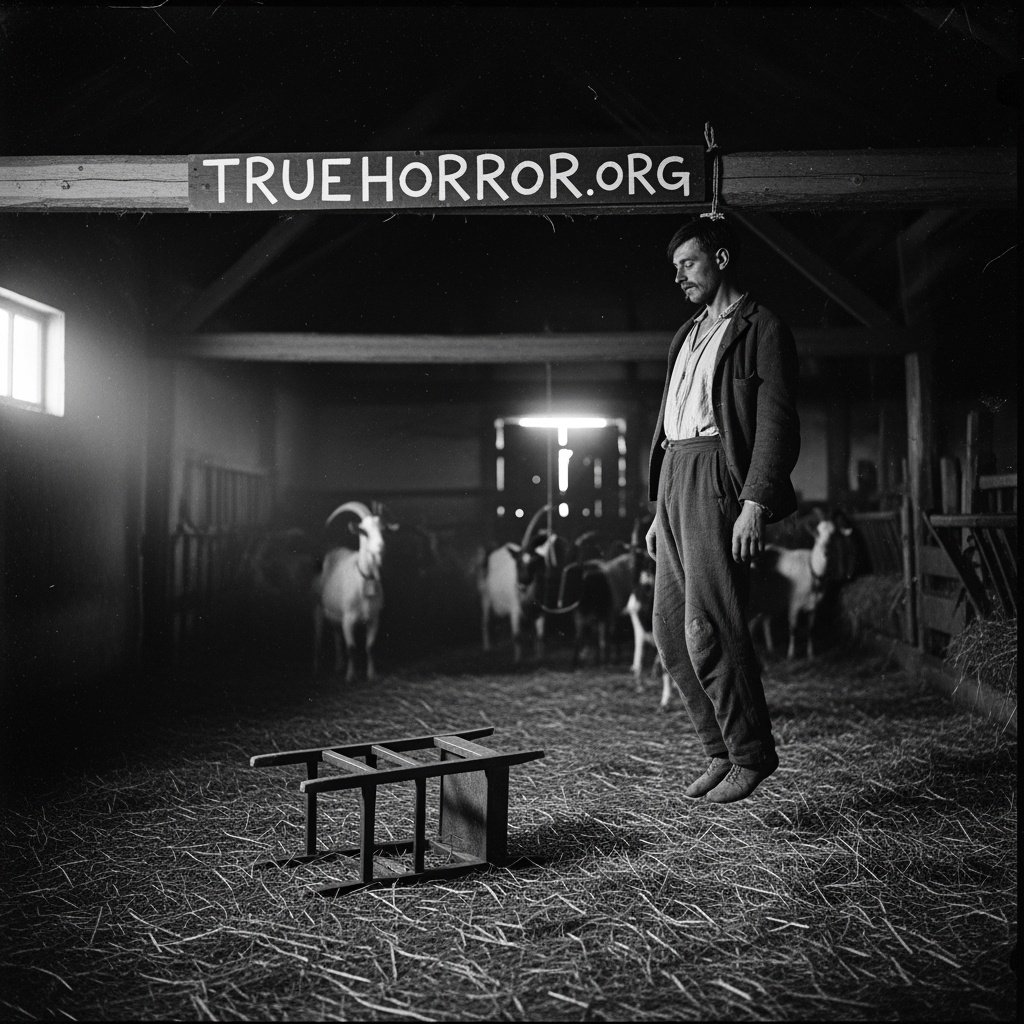

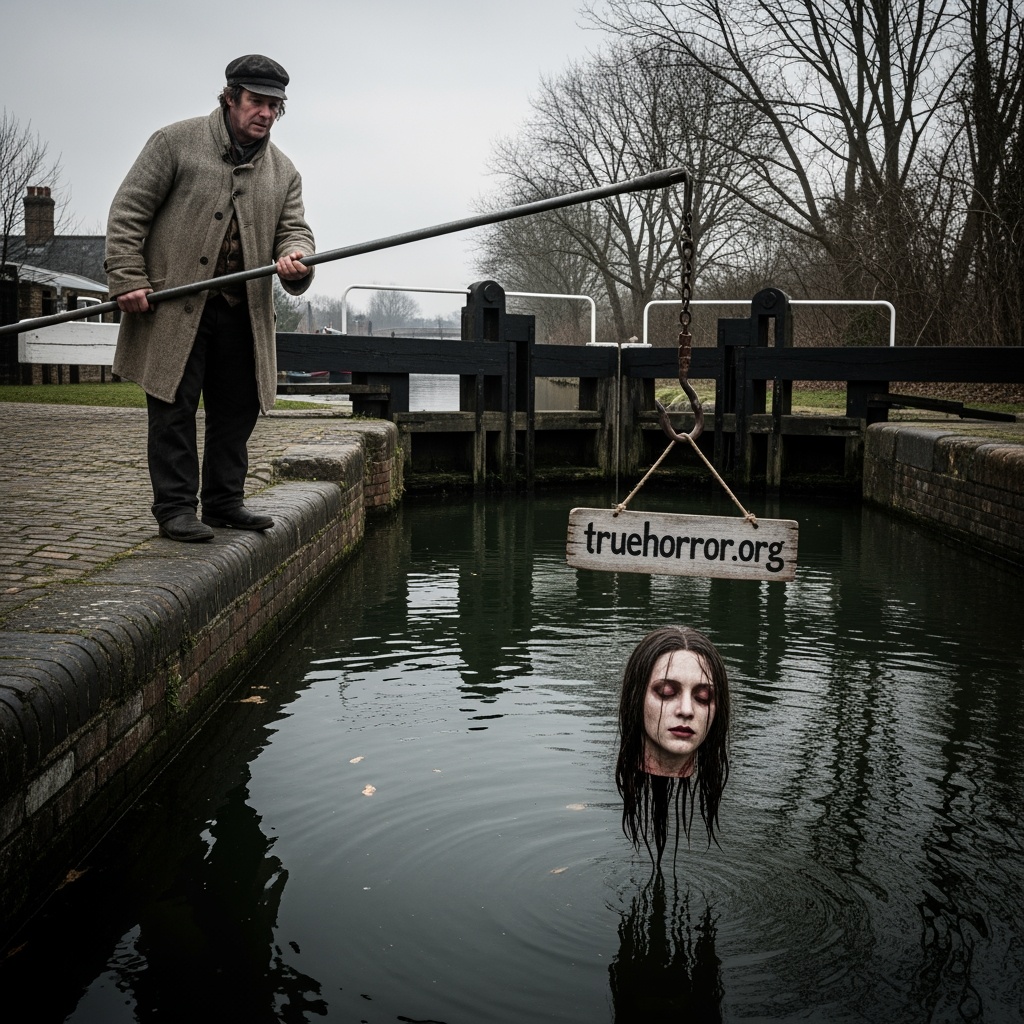
Leave a Reply